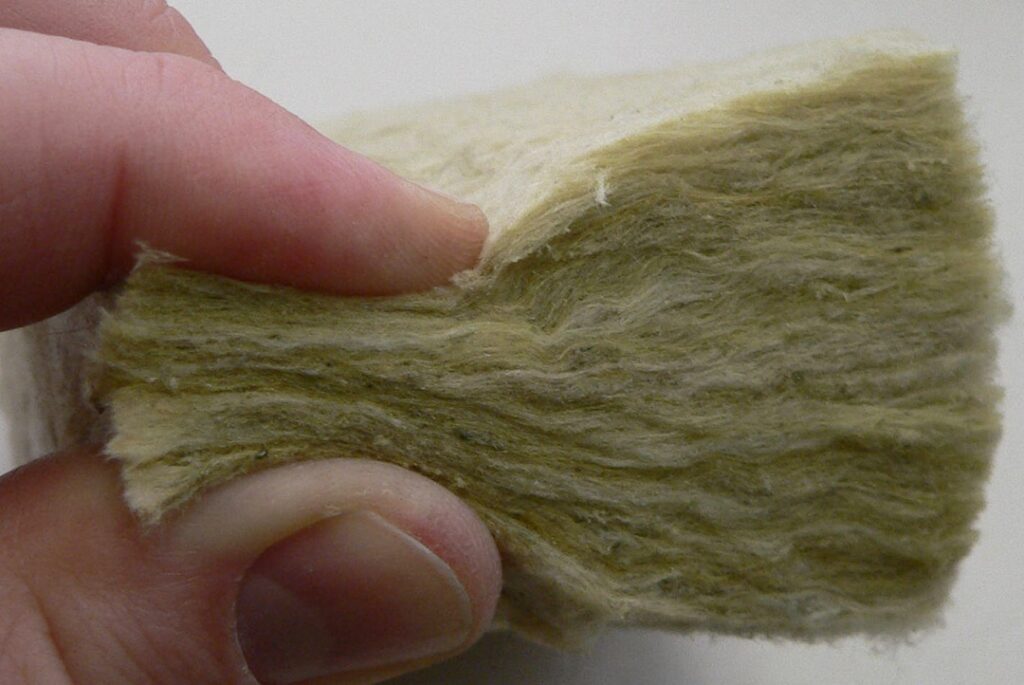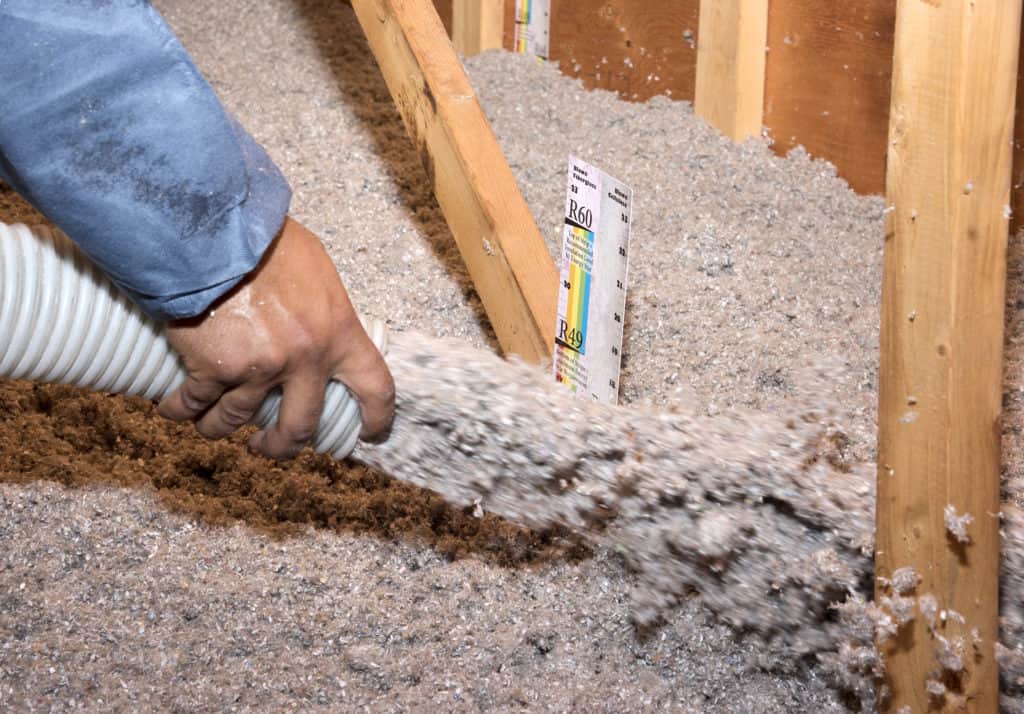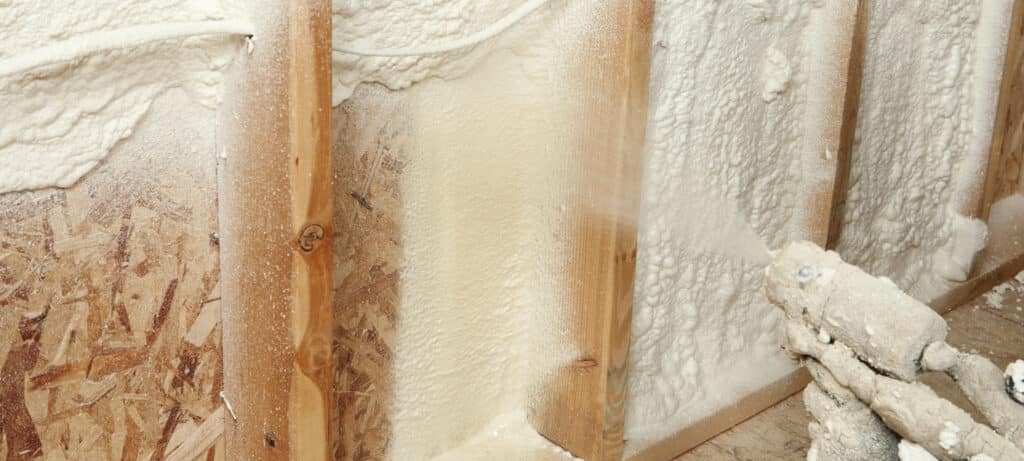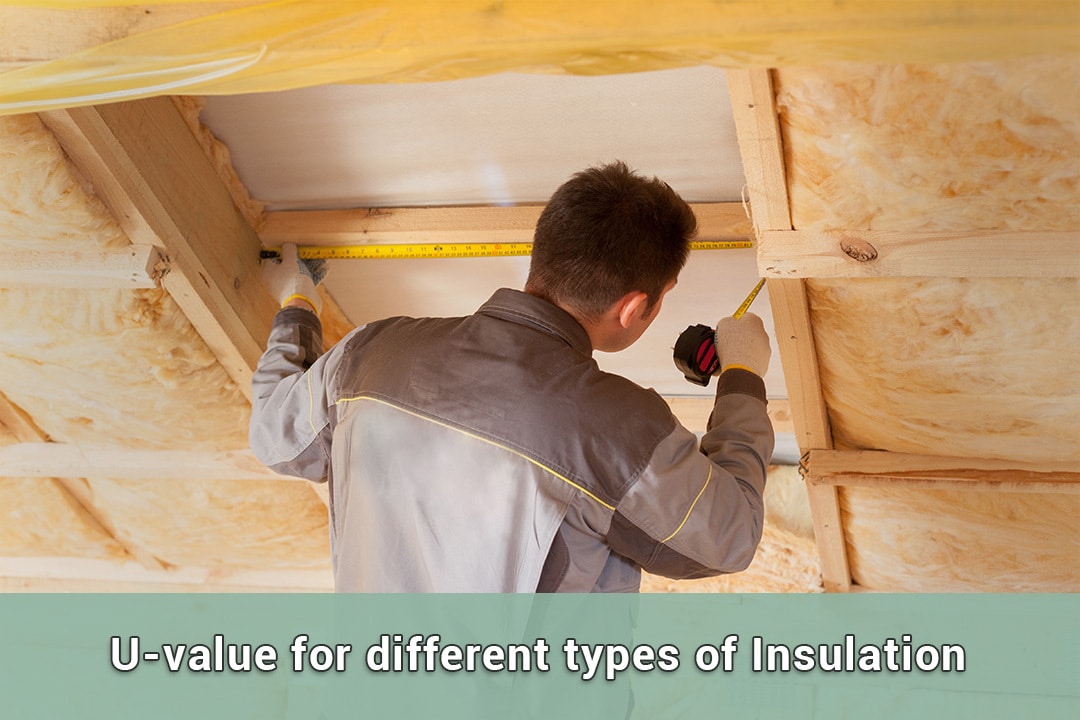Table of Contents
Choosing the right insulation materials is the most important thing you can do for your home’s heat performance. The U-value for insulation is very important. The thermal permeability, or U-value, of a medium tells you how well it moves heat.
It checks how much heat moves through floors, roofs, and walls. If people know about U-value in home insulation, they might be able to make better decisions and build homes that use less energy.
Understanding U-value in the Context of Insulation
The U-value of a building measures how well its insulation keeps heat in or out and describes its thermal performance. U-value looks at temperature difference, thickness, and heat flow. Because it loses less heat, insulation with a lower U-value is better. Homeowners can figure out how well insulation works and reach their energy-saving goals by knowing the U-value.
What is U-value for Insulation?
The U-value, which is also called thermal transparency, shows how much heat moves through an object or building part. It shows how well the metal transfers heat, which is also known as its thermal conductivity.
The U-value considers the thickness of the material and the change in temperature between the inside and outside of the building. A material with a smaller U-value doesn’t let heat move through it or escape it.
The Insulation U-value is a very important way to measure how well insulation resists heat flow. It figures out how much heat moves through a layer of insulation. Lower U-value of insulation materials stop heat from moving, which saves energy and cuts down on heating and cooling costs.
Importance of U-value in Home Insulation
U-value is an important part of home insulation because it affects how well the home uses energy and meets building codes. If people know about U-value for insulation, they can choose home insulating materials that keep heat in or out the best.
Families need to be energy efficient because it affects both their costs and the environment. U-values show how well a substance can stop heat flow and keep heat from escaping, which affects the choice of insulation material. Better thermal resistance comes from insulation materials with a lower U-value. This means that heating and cooling use less energy.
Rules for building need U-values to make buildings use less energy. To meet basic insulation standards, building codes limit the U-values of walls, roofs, and floors. These rules make sure that the building is thermally and energy-efficient.
U-value is very important for saving energy and following building codes. U-value helps people make smart decisions so they can build homes that use less energy and last longer.
Different Types of Home Insulation in the UK
The U-value and temperature efficiency of each insulation material in the UK are different. You can use these things for floors, walls, roofs, and empty walls. In the UK, mineral wool, cellulose, polyurethane foam, and polystyrene are common types of insulation. If people know the Insulation U-value of these products, they might be able to choose the right insulation for their needs.
Mineral Wool Insulation

The good heat protection of mineral wool insulation changes the U-value. The density and width of an object affect how well it stops heat from moving through it. Mineral wool is famous because it keeps heat in and doesn’t catch fire. Its main feature is a better cooling function. The room meets standards for energy economy and heat movement because it has a high U-value (0.16), which means it is well insulated.
Cellulose Insulation

Using cellulose to insulate a building helps keep heat in because it doesn’t react to changes in temperature. How it is installed changes its Insulation U-value and how much energy it can save. Its U-value is mostly 0.11 which is better at keeping heat in and lasts longer as insulation. It also causes less pollution. Discover the U-value of cellulose insulation to make your home more eco-friendly and energy efficient. Using cellulose to insulate your home could save you money on energy costs and make it a nicer place to live.
Polyurethane Foam and Its U-value

Because polyurethane foam insulation is dense and made up of cells, it is good at keeping heat in. Its U-value is between 0.02 and 0.03 Wm-1K-1. This insulation keeps heat in and saves energy because it has a low U-value. Polyurethane foam is well-known for its great thermal performance, which makes buildings warmer.
Polystyrene Insulation

Polystyrene shielding makes thermal efficiency better by reducing heat transfer. Its U-value, which is based on its mass and width, determines how much better its energy economy is. Because it is strong and doesn’t absorb water, this padding is great for many uses. Increasing the U-value and heat transmission of foam insulation is good for actions that save energy.
How U-value Affects Choice of Insulation
It is very important to understand how the U-value affects shielding. The u-value, which is based on the type of material and its width, tells you how much heat is lost through a building part. It shows how well an insulation material moves heat, which has an impact on the thermal performance of a building. Lower U-value means better insulation, which saves energy and cuts down on heating costs. You can use U-values, along with R- and K-values, to find the best insulation for your needs.
U-value and Insulation Thickness
U-value and heat transmission are affected by the thickness of the insulation. In terms of energy economy, layers that are thicker and have lower U-values work better. The U-value and width of the insulation affect how much heat moves and how well it keeps heat in. More shielding may help save energy by stopping heat from moving. This link improves the heat function and energy economy of a building.
U-value and Insulation Material
Keep in mind that different insulation materials have different U-values. The U-values of different materials affect how well insulation works. To choose the best building heat efficiency, you need to understand these numbers. The U-value is affected by the type of insulation in a big way. This in turn affects heat transfer and energy economy. It might be better for a building’s temperature performance to learn how different materials affect U-value for insulation.
Measuring and Calculating U-value
To find the U-value, one has to look at how different building materials, air holes, and materials transfer heat. To make insulation work better, we need accurate measures of how well structures keep heat in or out. Energy efficiency is affected by heat transfer, loft insulation, and lambda values. By adding up temperature resistances, you can figure out how efficient an acoustic and fire insulation product is. Standard evaluation methods allow precise performance measures to raise heat efficiency.
Tools for Measuring U-value for Insulation
Thermal cameras can be used to find U-values. U-values for building parts are calculated by high-tech software, and special tools make sure the results are correct. To get a good idea of a building’s thermal performance and insulation efficiency, you need the right tools.
Process of Calculating U-value
To find a part’s U-value, add up all of its heat resistances. To make the heat economy better, you need to know some simple maths. To figure out how thermally efficient a building is, you need to know its thermal conductivity and the amount of its insulation. Mathematical ways help people pick the best security.
U-value in Relation to Other Insulation Values
U-values show how quickly heat leaves parts of a building, which is important for thermal function. The R-value measures thermal resistance, while the U-value measures thermal transparency. The U-value takes into account thermal resistances across materials and sizes. To figure out how energy-efficient a building is, you need to know how the U-value stacks up against other insulation values, like the K-value. Comparing the U-value for insulation of building components and materials helps improve energy efficiency.
Difference between U-value and R-value
When judging insulation, you need to tell the difference between U-value and R-value. There is a difference between thermal resistance (R-value) and heat transfer (U-value). These tests work together to look at insulation. The U-value for insulation shows how much heat is lost, and the R-value shows how much heat is blocked. To use less energy, you need to understand this paradox. Knowing the difference between U-value and R-value can help you choose materials that keep heat in.
Relationship between U-value and K-value
To figure out how well insulated materials keep heat in, you need to know how U-value and K-value relate to each other. U-value is a measure of how much heat is moved, while K-value is a measure of how well heat moves. This link changes how well insulation works and what materials are used to make houses more energy efficient. It’s clear that K-value is important for thermal performance. Knowing how it affects U-value estimates makes thermal resistance and energy economy better.
How Do Insulation Types with Lower U-Values Benefit You?
Insulation types with lower U-values offer enhanced energy efficiency by minimising heat flow. This choice leads to reduced energy expenses, improved thermal performance, better protection against heat loss, and overall increased building energy efficiency.
Does Lower U-value Always Mean Better Insulation?
Lower U-values don’t guarantee superior insulation; installation quality is crucial. While lower U-values suggest enhanced efficiency, correct installation is vital. Considering factors like thermal bridging ensures optimal insulation performance. Effective insulation involves holistic evaluation, not solely fixating on achieving the lowest U-value.
Natural gas has no aroma, therefore its smell may be used to detect a leak, but a distinctive smell helps. If you suspect a gas leak, call a licensed engineer or gas expert immediately to avoid explosions or CO poisoning.
Conclusion
Knowing what U-value means will help you choose the right insulation for your home. For U-value, which measures how heat moves, less insulation is better. The U-value for insulation of mineral wool, cellulose, polyurethane foam, and polystyrene are not all the same.
For an energy economy, you need the right amount and type of insulation. Keep in mind that smaller U-values don’t always mean better insulation. Work quality and building style are also important. With lower U-value of insulation, your home will use less energy, cost less, and be more comfy.







